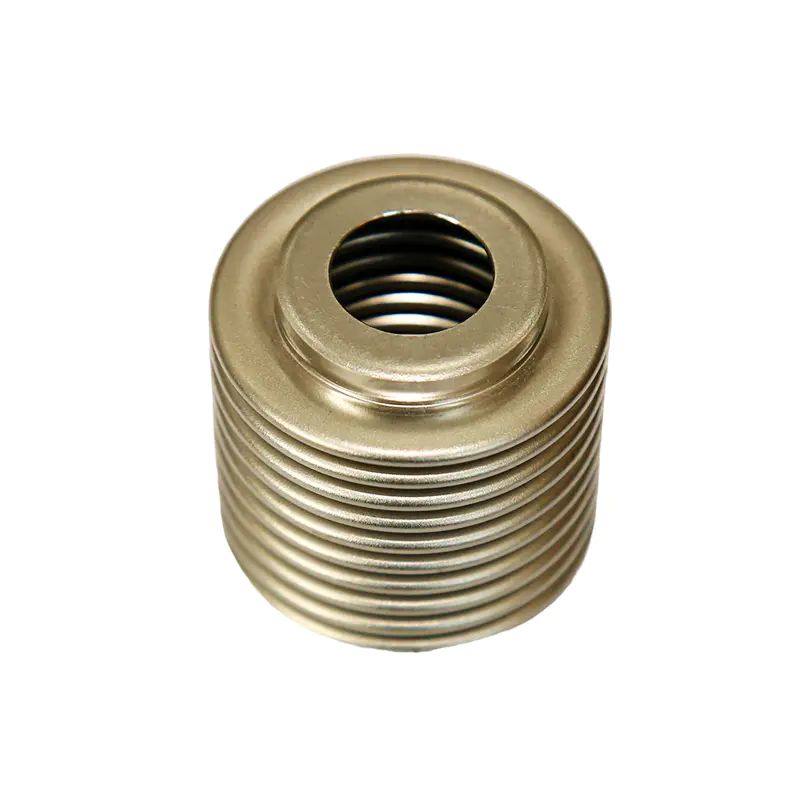Stainless seamless tubing is a popular choice in various sectors due to its strength, durability, and resistance to corrosion. Unlike welded tubing, seamless tubing is manufactured from a solid round steel billet, which is heated and formed into a tube without seams. This process offers several advantages that make it suitable for demanding applications.
One significant benefit of stainless seamless tubing is its structural integrity. The absence of seams means there are no weak points, allowing the tubing to withstand higher pressures. This characteristic is particularly important in industries like oil and gas, where the integrity of the piping system is critical to safety and performance.
Corrosion resistance is another key advantage. Stainless steel naturally resists oxidation, making seamless tubing ideal for environments exposed to moisture and harsh chemicals. This property extends the lifespan of the tubing, reducing maintenance costs and the need for frequent replacements.
In addition to strength and corrosion resistance, stainless seamless tubing offers versatility. It can be used in a wide range of applications, including pharmaceuticals, food processing, and chemical manufacturing. The tubing can be easily customized in terms of diameter, wall thickness, and length to meet specific project requirements.
Moreover, stainless seamless tubing is often used in applications where cleanliness is essential. Its smooth interior surface minimizes the risk of contamination, making it a preferred choice in sanitary environments.
In conclusion, the benefits of stainless seamless tubing—strength, corrosion resistance, versatility, and cleanliness—make it a vital material in various industries, ensuring reliable performance and longevity in demanding applications.








